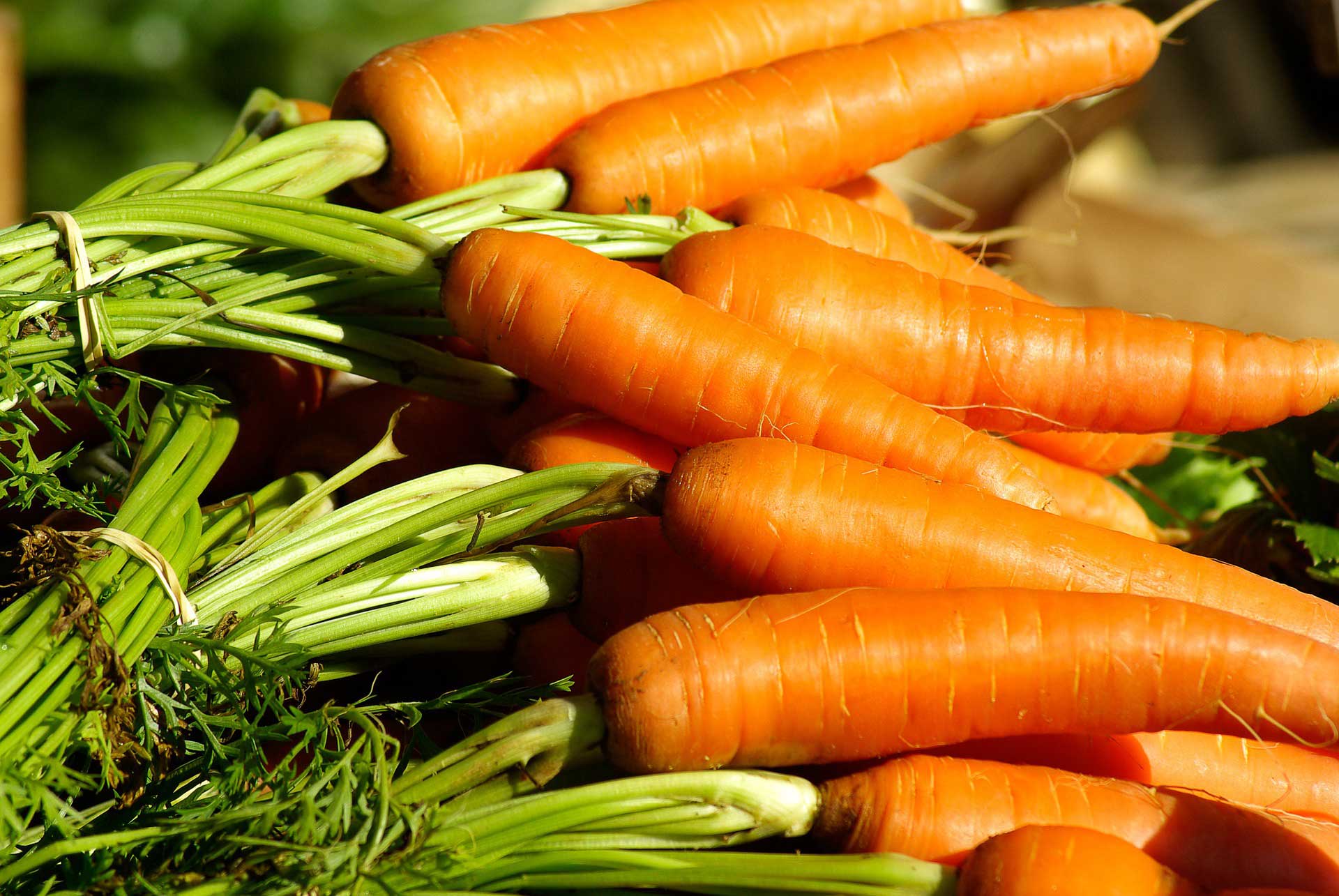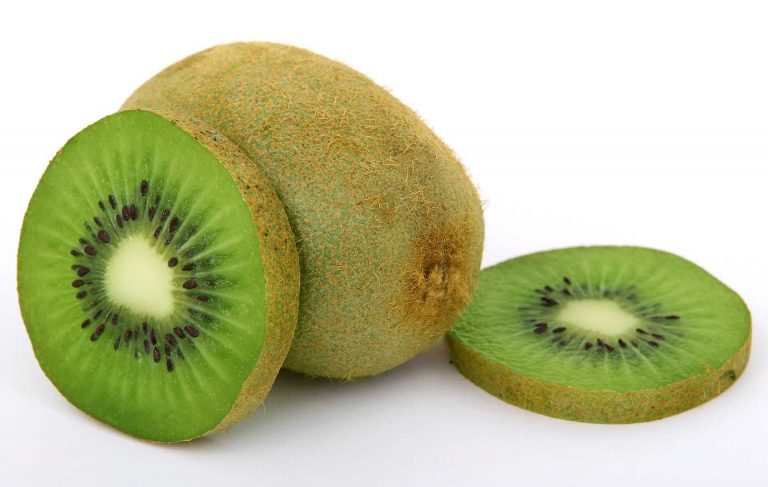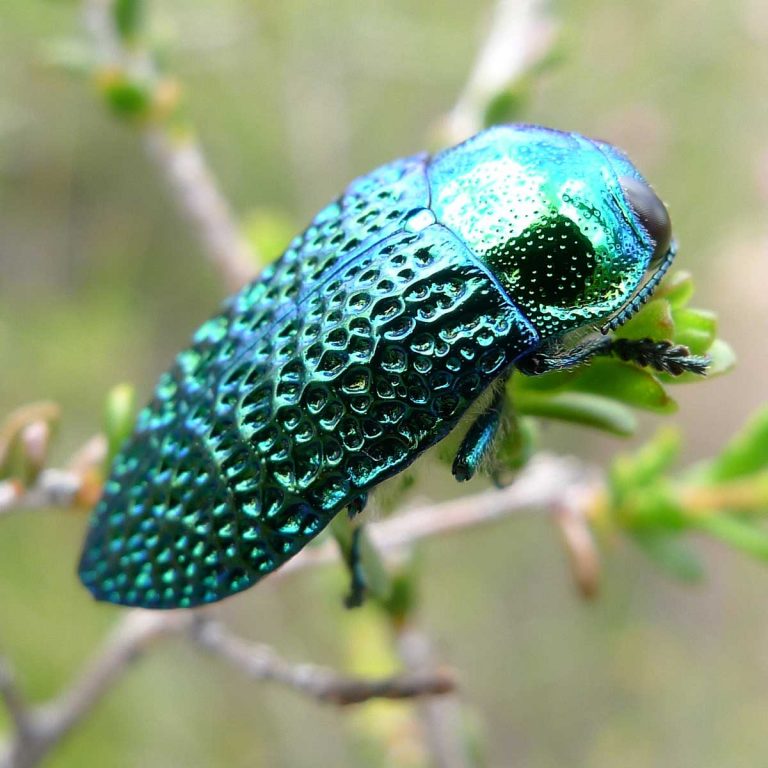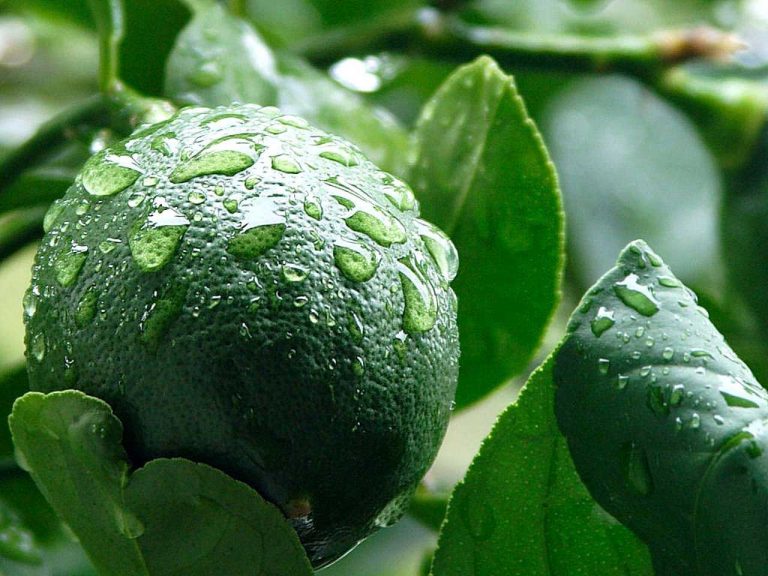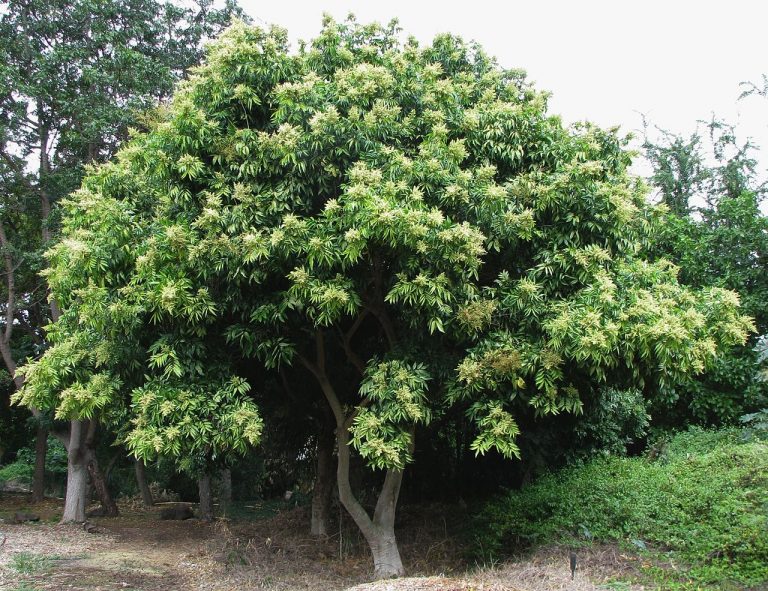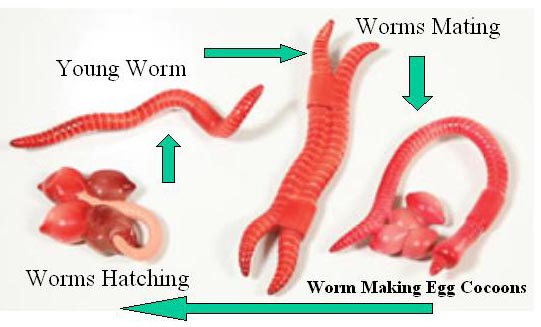Growing Carrots
Scientific Classification
| Kingdom: | Plantae |
| (unranked): | Angiosperms |
| (unranked): | Eudicots |
| (unranked): | Asterids |
| Order: | Apiales |
| Family: | Apiaceae |
| Genus: | Daucus |
| Species: | D. carota |
| Binomial name: | Daucus carota subsp. sativus |
The carrot belongs to the species Daucus carota, subspecies, Sativus. Known in recent Latin as carota, in Greek as karoton is a vegetable growing as a root, and its colors are normally orange, and at times white, purple, yellow and even red. When fresh its texture is crispy.
Anatomy
Carrots are biennial plants, normally growing to a height of 1 M, and starts flowering in the month of June to August with the umbels in pale pink or claret-color before they open. They are bright white in color and round shaped as a complete flower, measuring 3-7cm in width. Underneath they have bracts. Finally, when they become seeds, they shrink and become hollow like a bird’s nest.
Growing Carrots at Home
Soil for Planting
The best crops ever is produced by digging the area to a double depth and resorting to a raised beds growing, by constructing a loose and elevated bed of soil that is free of rocks. In case the soil is heavy, supplement with a good amount of aged compost. Put a layer of screened compost, sand or potting mix to a depth of ¼ to ½ inch-for the tender seedlings to sprout easily prepare your bed in a dry warm area.
Planting
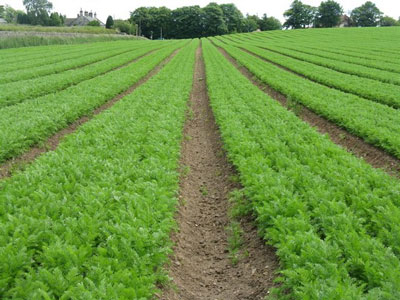
Photo by: M J Richardson
A total sunlight gives the best result for growing carrots, though, of course, a little shade is OK. Three weeks before the last predicted frost, begin planting this cool-weather crop; further continue planting every 2 to 3 weeks. The maturing time is 70 to 80 days for many cultivars, thus 2 to 3 months prior to the initial expected fall frost, do your last planting. In the warmer zone 8 plant your carrot in winter or fall.
Watering
In a week water to a minimum In order to reduce problems caused by weeds, keep the even level of moisture, mulch the plant gradually as the seeds start sprouting. Never allow your tender plants to dry away. In case the soil is totally dry, in the midst of your watering process, slowly once more moisten the bed and leave for a few days; When you soak the soil suddenly, the roots are likely to split.
Care
The feeder roots of carrots get spoiled quickly, so pluck out any weeds that grow between them with your hands or even lance them at the surface of the soil. Apply mulch intelligently and wrap the crown of the carrots that show out through the soil as they grow, this will keep the carrots from turning bitter or green.
Fertilize 5-6 weeks following sowing.
Pests and Pesticides
Rabbits, deer, woodchucks and gophers, all these four-footed critters are a big threat to carrots. If not for these carrots do not have any other problem.
Have an eye, especially in the Northwest; here rust flies that resemble tiny green house flies having red eyes and yellow heads affect carrots.
Another pest is the Parsley worm that has black stripes with yellow or white spots and some orange colored spikes, and they are also green colored caterpillars.
The Aster yellow disease makes the carrots discolored and shortened with hairy roots. These leafhopper pests feed from plant to plant and thus spread the disease. Make control measures and remove weeds. This disease has the capacity to overcome winter.
Harvest Month and Storage
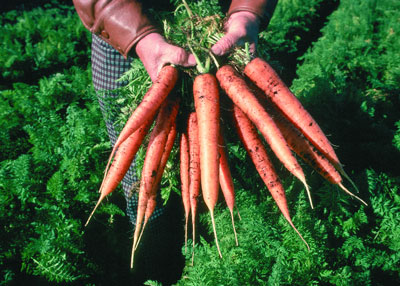
Photo by Joe Larson, USDA Natural Resources Conservation Service.
The taste of carrots becomes better as they mature. Grow carrots at home, and reap them when they are full size to eat, otherwise let them grow for a harvest. In order to store up your winter crop dig them up prior to the initial frost on a day when you are sure the atmosphere is dry and soil is damp.
To store your reaped carrots for use in the winter season, never wash them, but remove the extra soil by twisting the top of the carrots. Otherwise for use in the fall, stock up your carrots in your garden itself and mulch the bed with straw or dried leaves to a few inches height.
Varieties
- ‘Thumberline’: rounded carrots, fine for clay or clumpy soil.
- ‘Bolero’: withstands most of the leaf pests.
- ‘Nantesa Superior’: adjusts to any type of soil, and are tastes sweet.

Having discovered a fondness for insects while pursuing her degree in Biology, Randi Jones was quite bugged to know that people usually dismissed these little creatures as “creepy-crawlies”.

